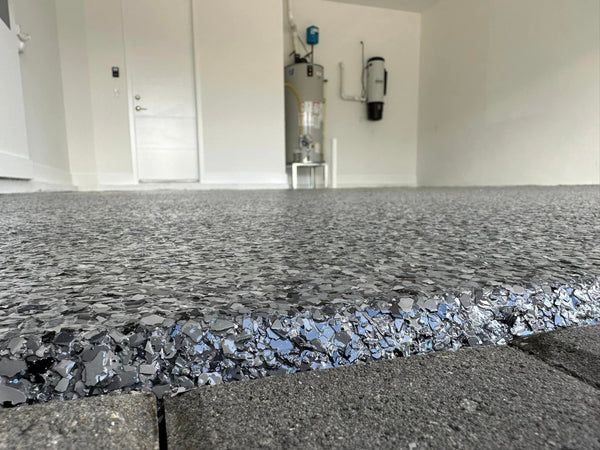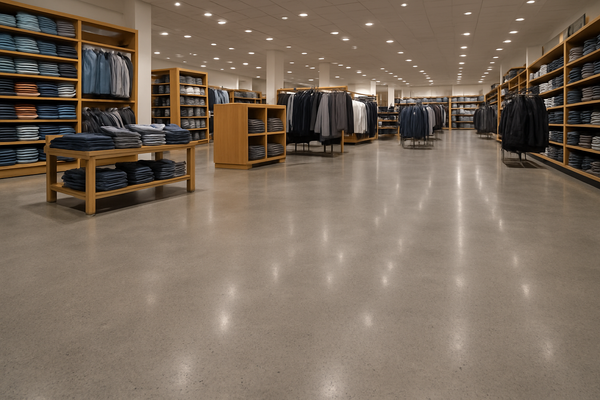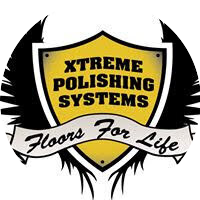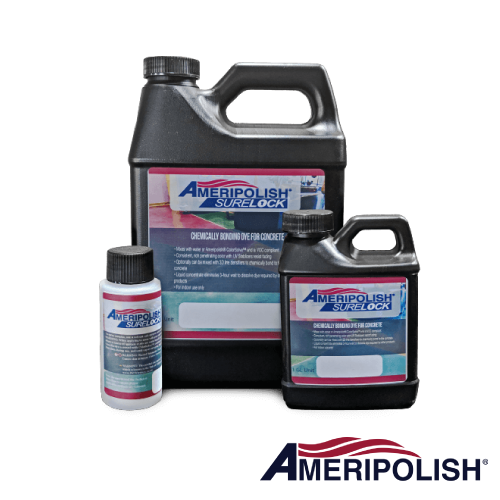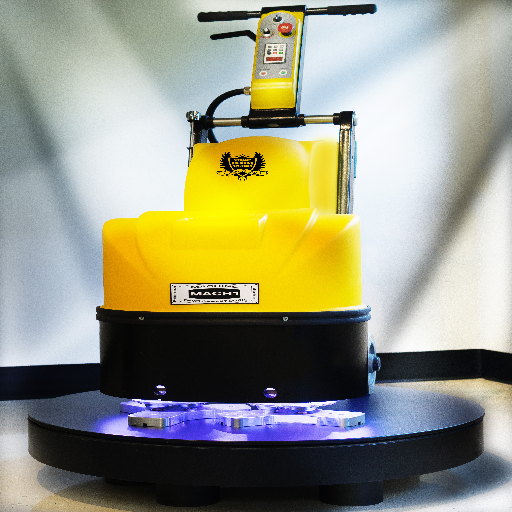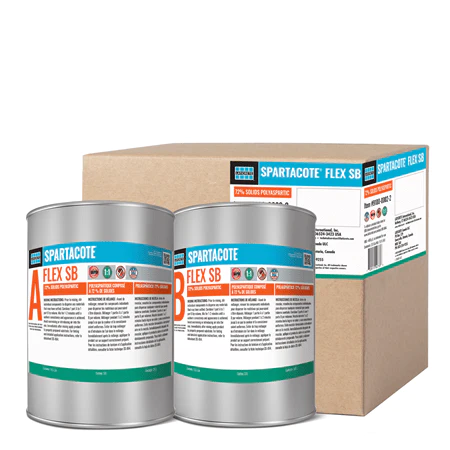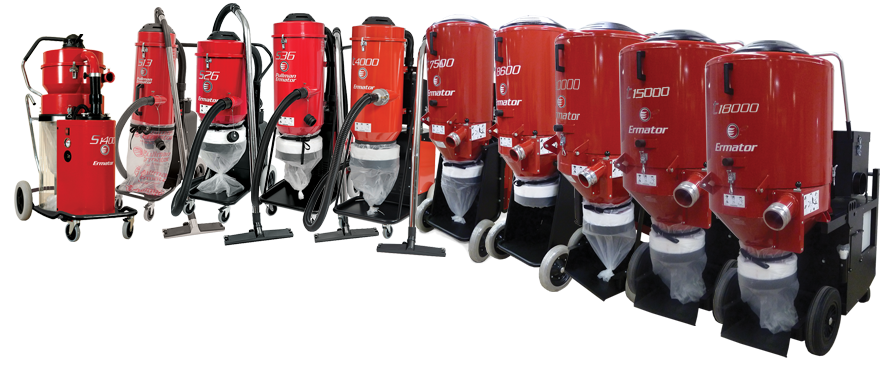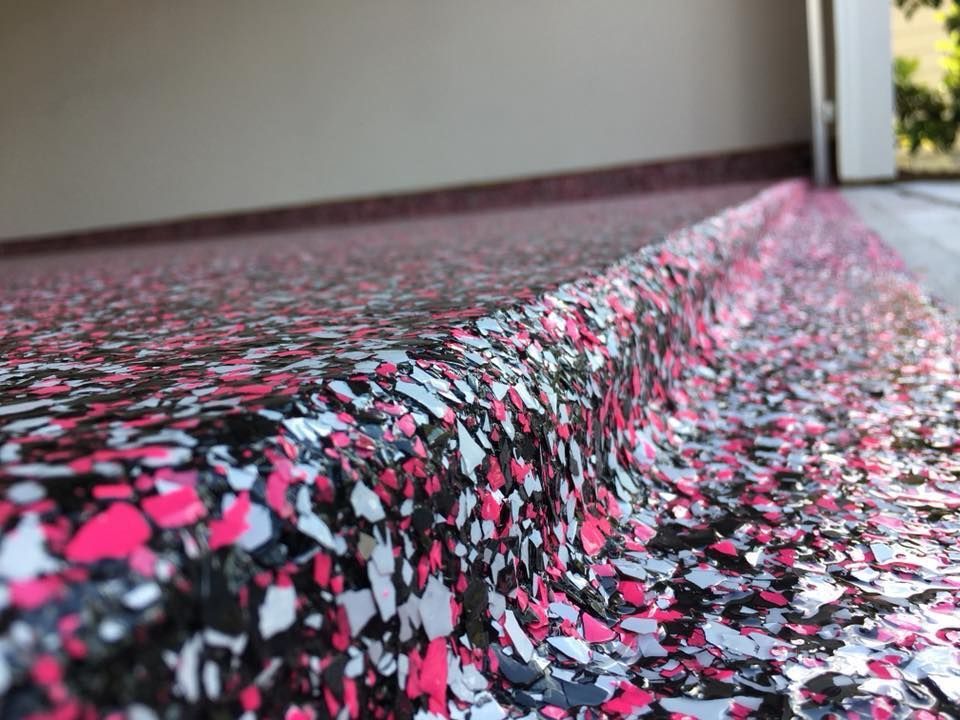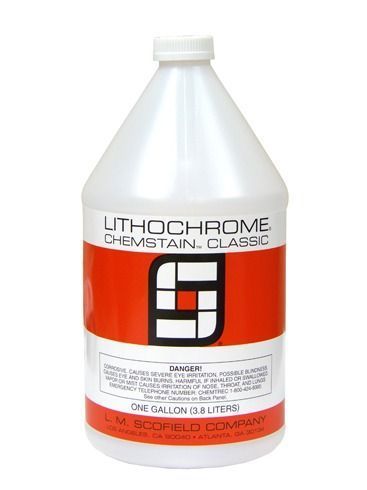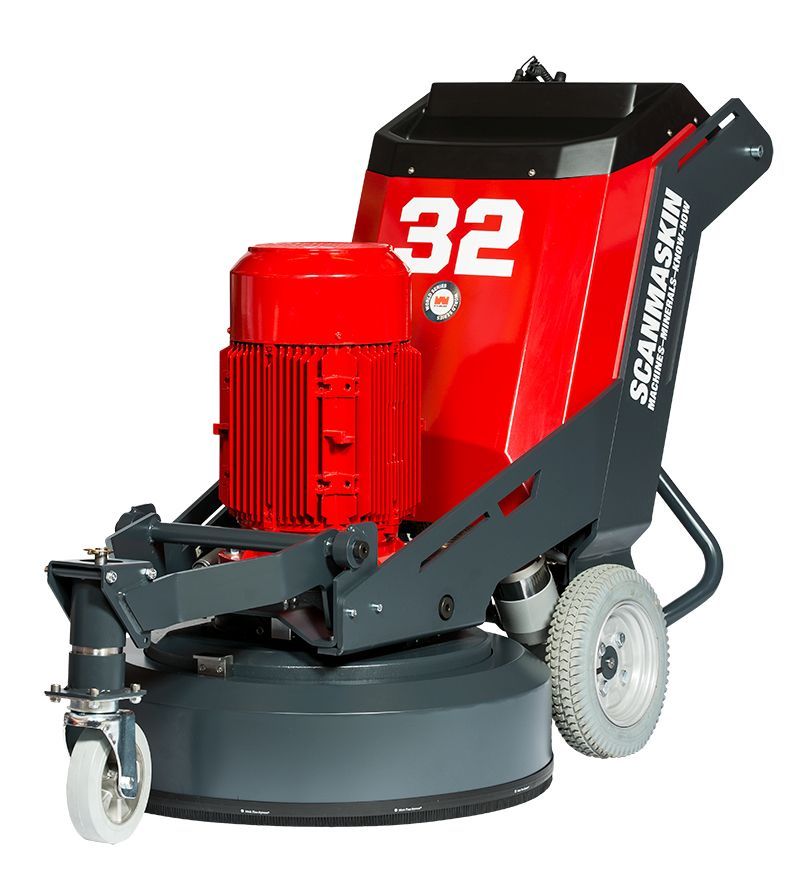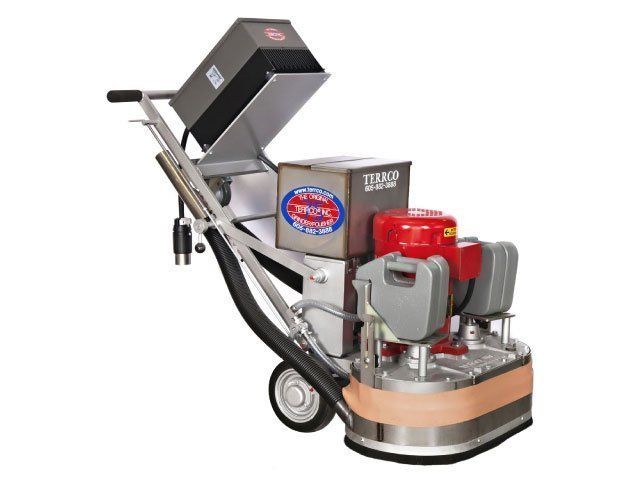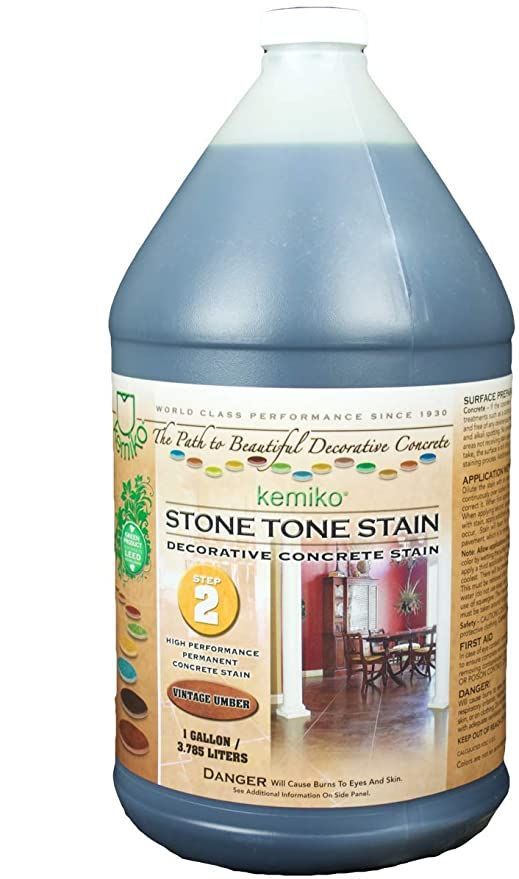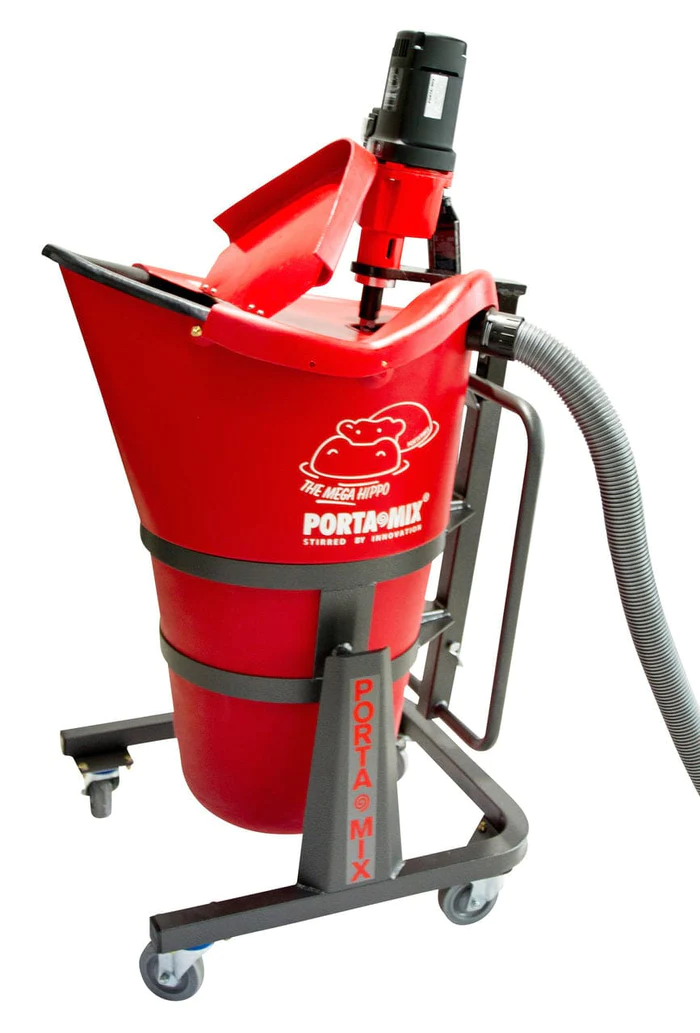How to Maintain and Extend the Life of Your Epoxy Floors
Epoxy floors are a popular choice for their durability, aesthetic appeal, and resistance to wear and tear. But even the toughest floors need proper care to stay in top condition. Whether you’re a contractor managing commercial spaces or a DIY enthusiast with a stunning garage floor, knowing how to maintain epoxy floors is key to preserving their beauty and functionality for years.
At Xtreme Polishing Systems , we’re passionate about equipping contractors and DIYers with the tools and knowledge they need to succeed. In this guide, we’ll walk you through essential maintenance tips, everyday issues to watch for, and how to protect your epoxy floors from damage. Let’s dive in and ensure your floors stay as flawless as the day they were installed.
Top 5 Tips for Epoxy Resin Lifespan for Clients & Contractors
1. Routine Cleaning of Epoxy Resin: Do's & Don'ts
Regular cleaning is the foundation of epoxy floor maintenance. Here’s how to keep your floors looking pristine:
Do:
- Sweep or Vacuum Daily: Dirt , dust , and debris can act like sandpaper, scratching the epoxy surface over time. Use a soft-bristle broom or a vacuum with a soft brush attachment to remove loose particles.
- Mop Weekly: Mop the floor with a mild cleaner and warm water. Avoid harsh chemicals like ammonia or vinegar, which can dull the epoxy’s shine.
- Wipe Up Spills Immediately: Epoxy is highly resistant to most stains, but prolonged exposure to chemicals or liquids can cause discoloration. Clean spills as soon as they happen.
Don't:
- Use Harsh Chemicals: Acids & harsh chemical cleaners are an easy way to threaten the integrity of your epoxy floor. While epoxy is mostly resistant to harsh chemicals, there is no reason to test your luck when mild cleansers are just as effective on a well-installed floor!
- Use Abrasive Materials: Unless you plan to cover a sanded-off area with matching epoxy solution, an abrasive cleaning of an epoxy floor is generally overkill.
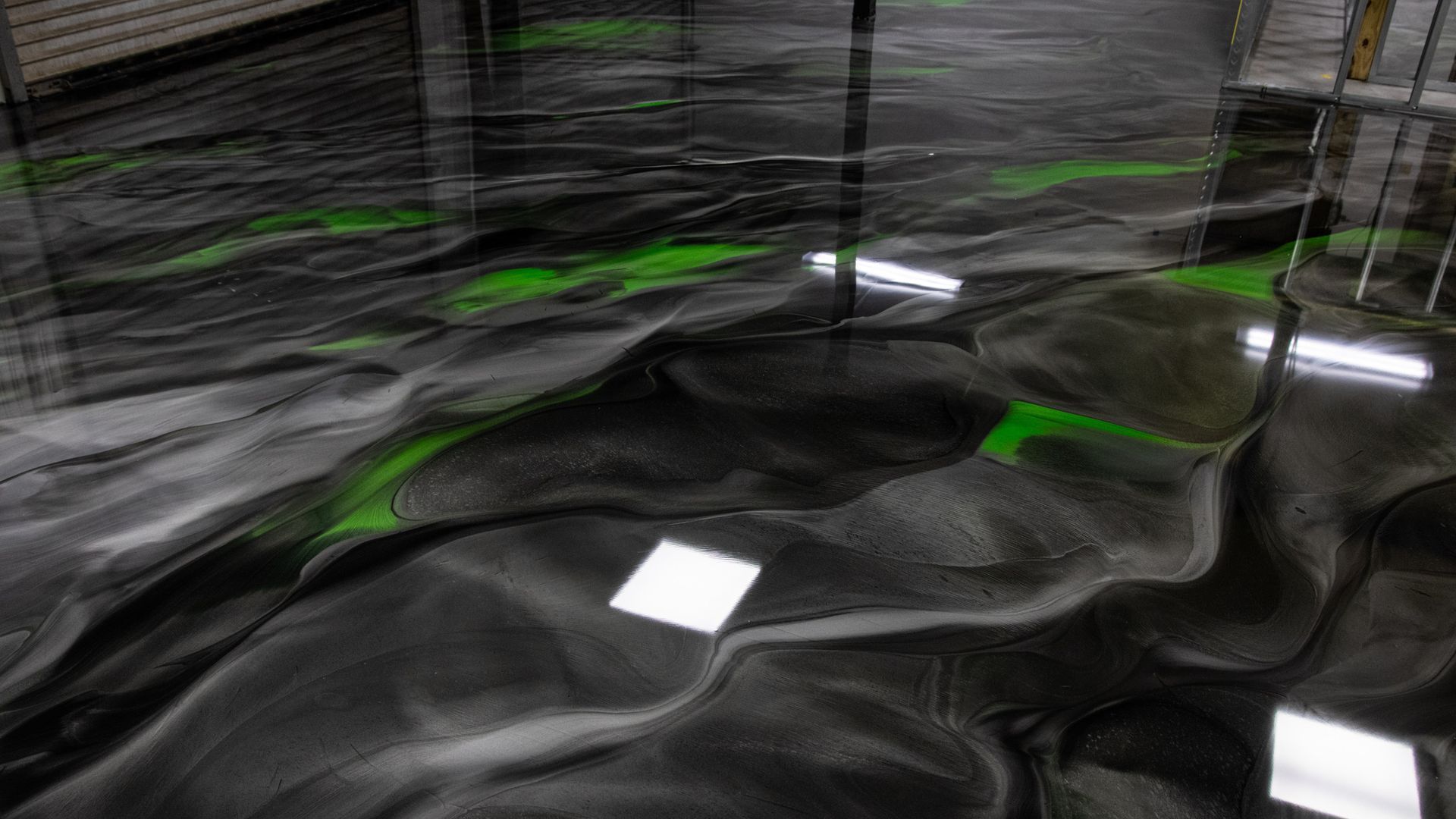
2. Prevention is the Best Medicine
Epoxy floors are tough, but they’re not indestructible. To prevent scratches, place felt pads under furniture legs and rubber mats in high-traffic areas. Unprotected dragging of heavy equipment or furniture can leave scratches on even the strongest floors ! When possible, always lift and carry items instead.
The traditional methods are still the best for dealing with outside dirt and grime . Place mats at entrances to trap dirt and moisture before they reach your epoxy floor. If you're worried about epoxy resin yellowing , try polyaspartic floors! Or pick an epoxy design that'll help hide the yellowing, such as quartz .
Whatever you're worried about with epoxy resin floors, there'll be a way to work around or even fully prevent it. If you have a specialized concern you want prevented but don't know how, call our technicians at the bottom of this article!
3. Address Issues When You See Them
Even with proper care, epoxy floors can develop issues over time. Here’s how to tackle the most common problems:
- Cracking or Peeling: This is often caused by improper surface preparation or moisture issues . If you notice cracks or peeling , consult a professional to assess the damage and recommend repairs.
- Yellowing: UV exposure can cause the epoxy to yellow over time. To prevent this, use a topcoat or choose a polyaspartic coating , which is more resistant to yellowing .
- Oil Stains: While epoxy is stain-resistant, oil spills can leave marks if not cleaned promptly. Use a degreaser and a soft cloth to remove oil stains.
Pro Tip : Regular inspections can help you catch and address issues early, saving you time and money in the long run.
4. Deep Cleaning and Restoration: How to Refresh Your Epoxy Resin Floors
Over time, even well-maintained epoxy floors may need a deeper cleaning, minor repairs, or even full restorations. Here’s how to restore their original luster:
Deep Cleaning
To remove built-up grime, use a floor scrubber with a soft brush and an epoxy - safe cleaner . Rinse thoroughly and dry the floor completely.
Reapplying a Topcoat
If your floor has lost its shine, consider reapplying a clear topcoat. This restores the gloss and adds an extra layer of protection. If the floor itself is damaged, it may be worth grinding
away
the
imperfections
before reapplying the topcoat.
When in doubt, call a contractor ! While DIY home renovations are fulfilling and wonderful, you should always consider calling a professional flooring contractor your first and best option.
Repairing Scratches
Use fine-grit sandpaper to smooth the area for minor scratches, then apply a matching epoxy
coating
to blend it in.
5. Key to Long-Term Protection: A Durable Installation
The best-kept secrets to maximizing the lifespan of your epoxy floors lie in installation. The best way to protect your floors for the long haul is to invest in proper installation! Invest in premium epoxy or polyaspartic coatings, which offer better durability and resistance to wear.
Considering your choice of resin is one of the best ways to combat some of epoxy 's weaknesses. Are your floors meant to look good for years to come, but sun exposure is unavoidable? A UV-resistant topcoat can prevent yellowing and fading for years longer than traditional epoxy !
Lastly, and not to be forgotten easily, is surface preparation . Much of epoxy resin's strength comes from t he thoroughness and effectiveness of your surface preparation. Don't let cracks, debris, oils, or other potential obstacles to an epoxy resin system ruin your floor's longevity!
Keep Your Floors Flawless with Xtreme Polishing Systems
Maintaining epoxy floors doesn’t have to be complicated. With regular cleaning , preventive measures , and timely repairs , you can extend the life of your floors and keep them looking stunning for years to come. Your epoxy floors are an investment for your floors' future, so treat them that way!
Xtreme Polishing Systems (XPS) is run by flooring contractors, for flooring contractors! Our team of technicians is on call at (877) 958-5264 for specialized assistance. Check our online store for the best resources at the best prices!
You might also like
